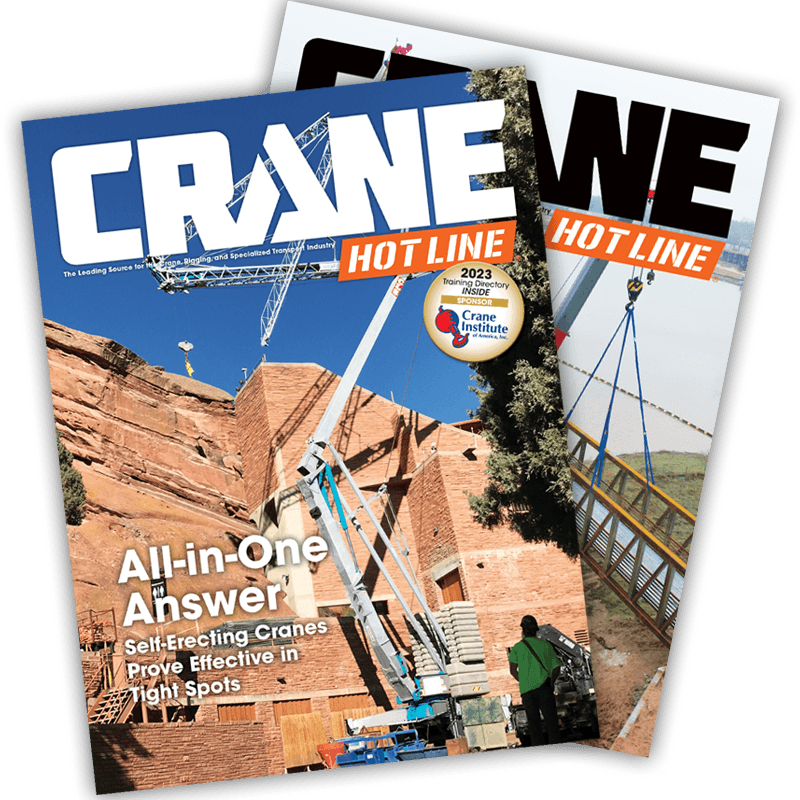The Monetary Value of Safety
November 15, 2006 • Injuries at the workplace cost the
While much of the information available on the site is dated, a treasure trove of useful advice and pertinent facts can be gleaned from the various pieces that are spread throughout the site. A vast amount of knowledge is just a few clicks away, and topics include motor vehicle safety, occupational exposure, personal protective equipment, and ergonomics. The designers of the site have even compiled studies particular to specific industries, and list three case studies that are particularly pertinent to the construction field: “The Great American Ballpark,” Design for Construction Safety, and "A Survey of the Safety Roles and Costs of Injuries in the Roofing Contracting Industry." The following highlights from the topics page are meant to encourage you to read the case studies in whole and to review the website for additional resources.

The Great American Ballpark
The Great American Ballpark case study, which was formulated by OSHA and Abbott Case Studies, explores the decision-making process of “Patrick,” a county administrator whose task was to oversee a safety program for the Great American Ballpark, a new baseball stadium the would be built for the Cincinnati Reds. Patrick had two other recent stadium construction projects in
While the
In the end, Patrick decided to approach the Great American Ballpark construction effort through the OSHA MASTER program, which was attributed to the success of the
This study provides a wonderful example of an attempt to cut costs by increasing safety. Since there is so little time lost of because of injury and accidents, any money that is spent to train or test individuals is quickly regained through high work efficiency.

Design for Construction Safety
Design for Construction Safety is a collaborative website created by Mike Toole at
Several articles by various experts in the field are featured on the website including: “Improving Construction Safety through a Project's Design: The Impact of Design on Safety” by John Gambatese and “Design Engineers' Responses to Safety Situations” by T.M. Toole. Design for Construction Safety functions as another tremendous safety resource for any construction employer.

A Survey of the Safety Roles and Costs of Injuries in the Roofing Contracting Industry
While the other two sections listed in this article discuss the advantages of safety when it is properly conducted, “A Survey of the Safety Roles and Costs of Injuries in the Roofing Contracting Industry” takes a different approach to the subject matter. It analyzes the direct and indirect costs of accidents on the jobsite while trying to determine the role of safety programs and the opinions held toward those programs by management. Sang D. Choi, Ph.D., CPE, and an assistant professor in the Occupational Safety and Health Department at the University of Wisconsin-Whitewater, conducted the survey. His findings again find that safety can not only increase worker's well-being, but increase profits.
In his study, Choi found that larger companies were more apt to have full-time safety directors, while smaller businesses simply relied on the foreman to enforce proper safety practices. However, the well-being of the employee seemed to be the top priority of most roofing companies, but the motivation to change a safety program often came as a result of an injury or illness.


